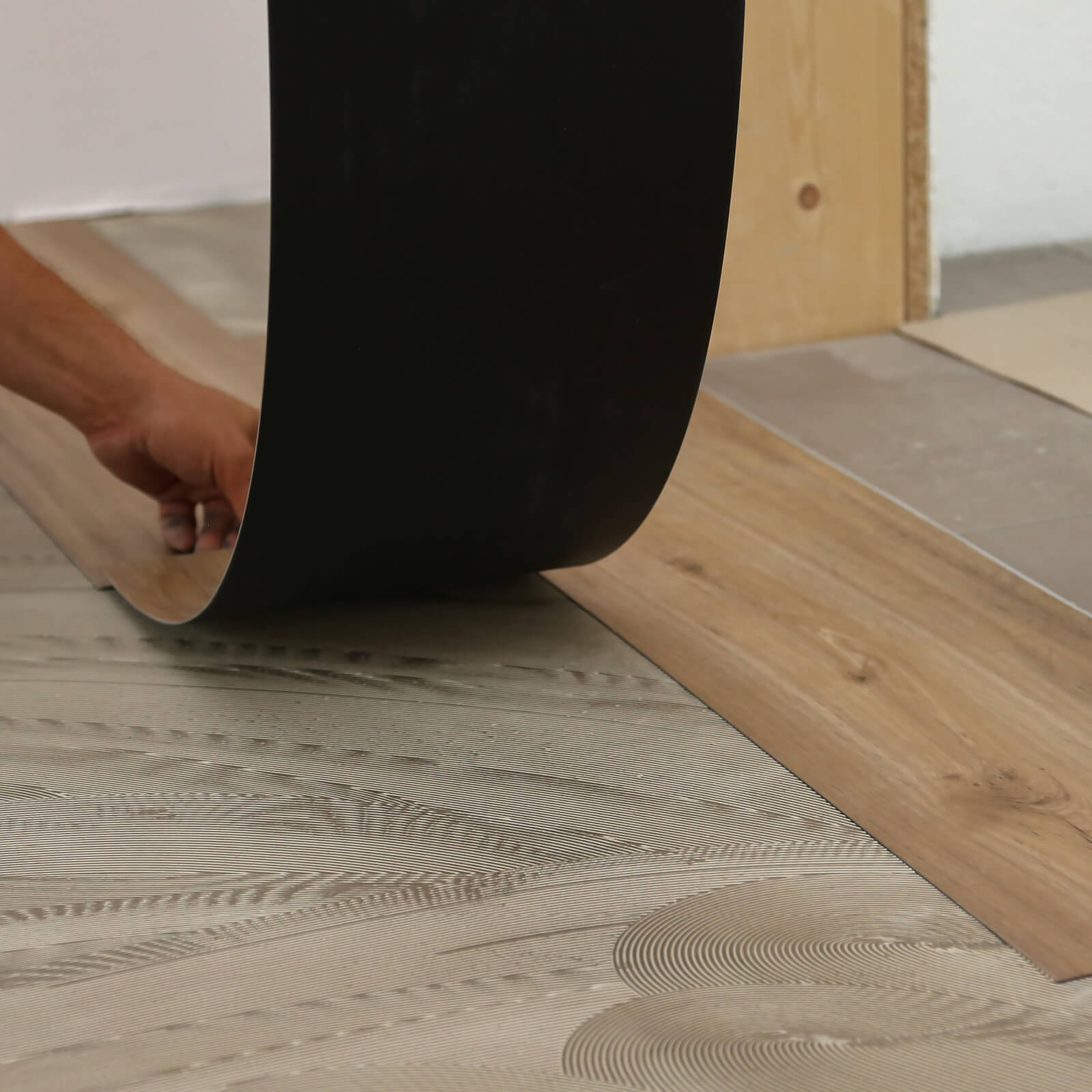PREPARING FOR INSTALLATION
Make sure you know who’s removing your existing flooring. If you wish, the installer will do it. If not, you should make arrangements to have it removed. Decide in advance if you want to take on the responsibility of moving your furniture or if you want the installer to handle it. Either way, be sure to remove all fragile items from the room.
Measure door clearances before you have your tile installed. If the new floor is thicker than your existing floor, door bottoms may rub. Plan in advance to have someone shave or saw the correct amount off the bottom of each door so it does not drag. If you’re planning to paint, wallpaper, or do any other remodeling in the room, it’s best to do it before your tile is installed. Keep extra paint to touch up any post-installation nicks.
DURING INSTALLATION
A professional installer will start with a flat surface, which may require extensive prep work, such as removing the existing floor or installing a new subfloor on top of an existing floor. Sometimes, however, vinyl flooring can be installed directly on top of your pre-existing flooring. Your installer will have the experience to know the best way to proceed.
Next, we'll conduct moisture testing. Vinyl flooring is less sensitive to moisture than hardwood, but the existing subfloor will still need to be tested so that moisture-related problems can be avoided later.
Finally, we'll start your installation. In floating floors, as the name suggests, planks are attached to each other, not to the subfloor. Glue-down floors require greater installation skill for the exacting process of adhesive application.

Our brands





